Vintage Condom Packages
Check out the artwork and learn more about the wildlife featured on previous Endangered Species Condoms packages. All packages designed by Lori Lieber.
Artwork by Roger Peet. © 2012.
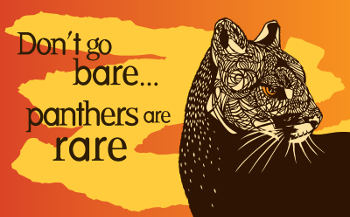
The Florida panther is a predator of enormous physical grace and power. But while Florida’s human population has nearly doubled over the past 30 years and the coasts have become more crowded, development has moved inland, coming into direct conflict with panthers and the habitat they need to survive.
More
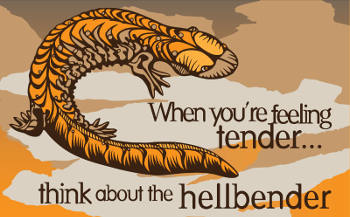
Hellbenders may not have conventional good looks, but at 2 feet long, they’re North America’s largest amphibian. Like many amphibians, the hellbender faces extinction from the strain that human population growth, and associated pollution, puts on freshwater streams in the southeastern United States.
More

The western snowy plover's habitat of open, sandy beaches is prime target for increasingly destructive human activity. Being small doesn’t prevent plovers from playing a big role in beach ecosystems, but it does make them vulnerable to disturbances that plague their home.
More
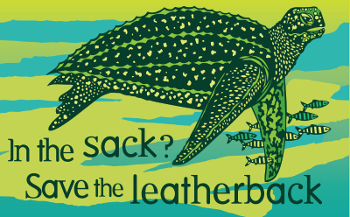
As ancient as the dinosaurs, the leatherback sea turtle is the heaviest reptile on Earth and dependent on seashores for their lifecycle. With half the world’s human population living within 100 miles of the coastline, their nesting grounds are severely threatened by development. They were put on the U.S. endangered species list in 1970.
More
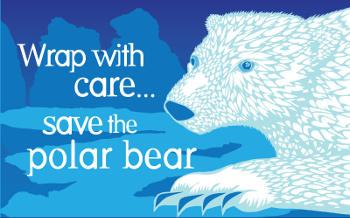
An international icon of global warming, polar bears are going extinct as the Arctic sea ice melts beneath their feet because of the greenhouse gas emissions of more than 7.5 billion people — especially those in high-consumption nations like the United States.
More
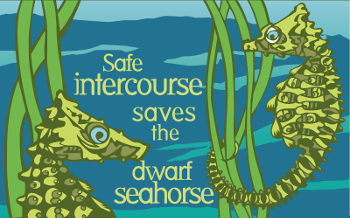
This inch-tall, curly-tailed fish occurs only in shallow seagrass areas in the Gulf of Mexico, along the Atlantic Coast of Florida and in the Caribbean. Unfortunately, as the Gulf gets more crowded, this seahorse faces more threats to its existence. Widespread loss of seagrass due to pollution, boat damage and global warming is pushing them to the brink.
More
Artwork by Endangered Species Print Project. © 2010.

The large, spectacularly colored American burying beetle has disappeared from more than 90 percent of its former range due to disruption of its food chain by humans, including the human-caused decline of top predators and carrion species.
More
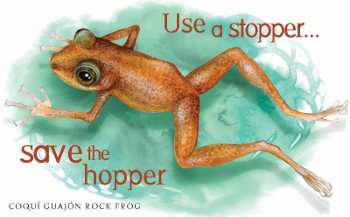
The Puerto Rico rock frog, also known as the coquí guajón, lives in caves, grottos and streamsides in southeast Puerto Rico. It was put on the endangered species list in 1997 due to destruction of its habitat by urban sprawl and roads, garbage dumping, deforestation, and pesticide poisoning.
More
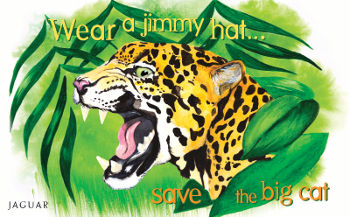
The largest cat in North America, the jaguar formerly roamed the borderlands of California, Arizona, New Mexico and Texas. It disappeared as human settlements spread further and further into its wilderness habitat. The U.S. population was put on the endangered species list in 1997.
More
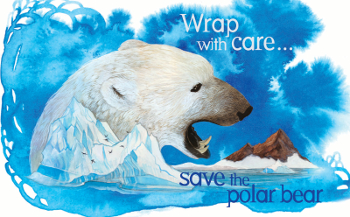
An international icon of global warming, polar bears are going extinct as the Arctic sea ice melts beneath their feet because of the greenhouse gas emissions of more than 7.5 billion people — especially those in high-consumption nations like the United States. The bears were put on the U.S. endangered species list in 2008.
More
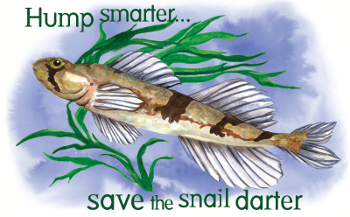
The snail darter lives in just nine populations in the Tennessee River drainage in eastern Tennessee. Its habitat has been severely reduced by dams constructed to provide water, power and barge transportation to a rapidly growing human population. It was put on the endangered species list in 1975.
More
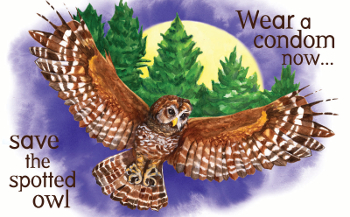
The spotted owl depends on old-growth forests, which are being cut down to supply timber, wood fiber, and toilet paper to an ever-growing human population. It was put on the endangered species list in the Northwest in 1990 and the Southwest in 1993.
More
